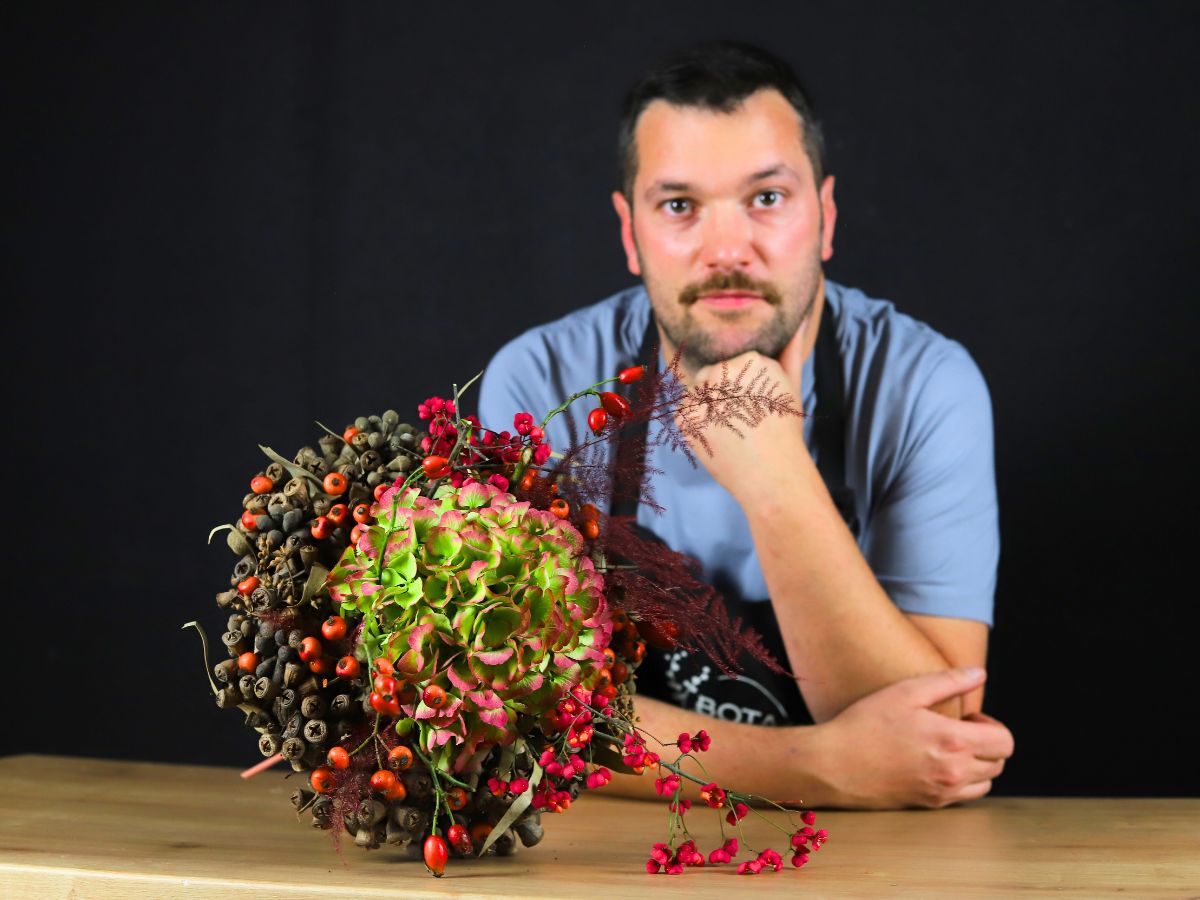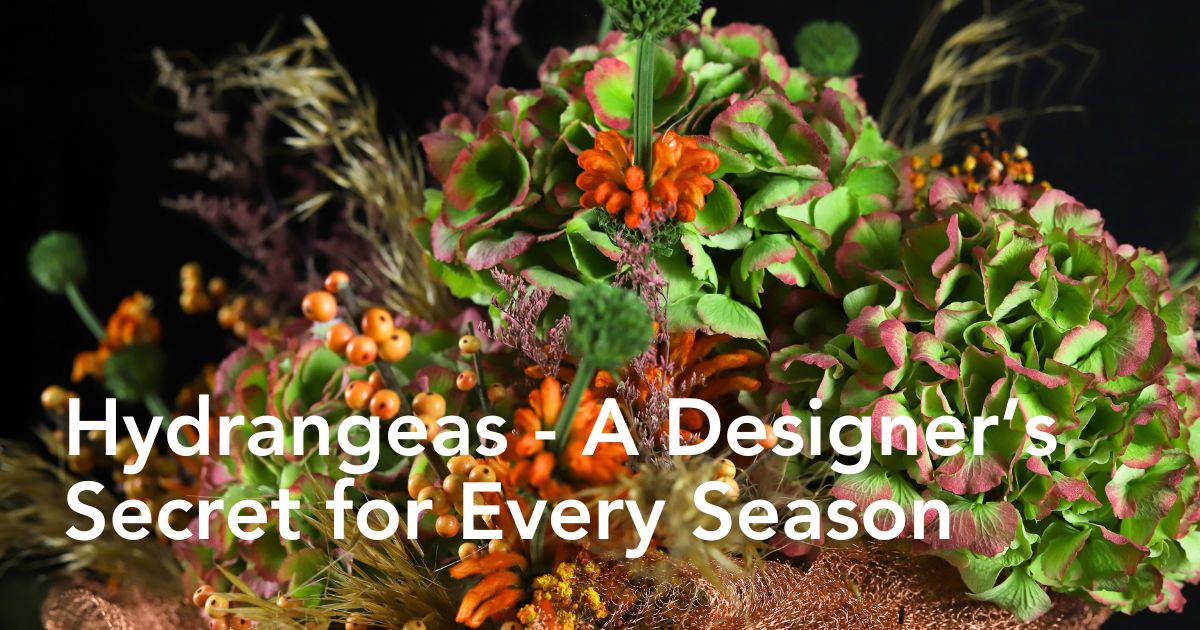Hydrangeas have become one of the most adaptable flowers in the world of floral arrangements. With their wide variety of shapes, textures, and colors, they offer nearly limitless options for bouquets and centerpieces. This diversity allows me and florists worldwide to create designs that fit into traditional, contemporary, or even eclectic settings, making hydrangeas a favorite for simple and elaborate creations. Their ability to couple with other flowers and foliage makes them a staple in floral arrangements, and this time, I'm sharing my unique love for these flowers that, since childhood, have brought me great joy.
Iconic and Irreplaceable - The Role and Connection of Hydrangeas in Floral Design
For many, Hydrangeas or Hortensias bring to mind personal memories and in my case, besides summoning these memories, they also hold a unique place in my childhood. Their presence in gardens felt almost magical—fragile in appearance but surprisingly sturdy. As a child, discovering their ability to dry and retain their beauty was like unlocking a secret. The classic Hygdrangeas as dried flowers became experiments in creativity, inciting a lifelong fascination with two of their main characteristics in plain sight: versatility and attractiveness.


The Wonders of Working With Hydrangeas
Working with Hydrangeas requires thought, especially due to their size and volume. Creating arrangements that feel light and natural, rather than dense or heavy, often means focusing on the right supports and techniques. This autumn, I’ve been drawn to their warm and earthy tones, combining these classic Hydrangeas with seasonal elements like dried grasses, thistles, and seed pods. These combinations clearly show how Hydrangeas can blend beautifully with the textures and colors of fall.


One of the standout qualities of classic Hydrangeas is how pleasingly they transition from fresh to dried flowers. This characteristic has made them even more popular with clients looking for arrangements that last beyond their initial display. The process is simple, and their preserved beauty adds another dimension to floral designs. Few flowers offer such an ideal transition, which makes classic Hydrangeas a practical and stylish choice for modern arrangements. Just note that you can only dry the classic Hydrangea; these are the flowers where the coloring has already largely taken place.

Hydrangeas in History and Culture
What is even more special about these flowers is that they have left their mark not just in floral design but also in art and fashion. Originating in Asia, these flowers became widely popular in Europe and continue to inspire creative works. Their classic yet adaptable aesthetic ensures they remain relevant, whether in home decor, weddings, or artistic interpretations.


From their ability to bring volume and color to arrangements to their personal and cultural significance, Hydrangeas hold a special place in floral design and my heart, of course. They are as practical as they are beautiful, allowing florists and flower devotees to explore countless styles and ideas.











